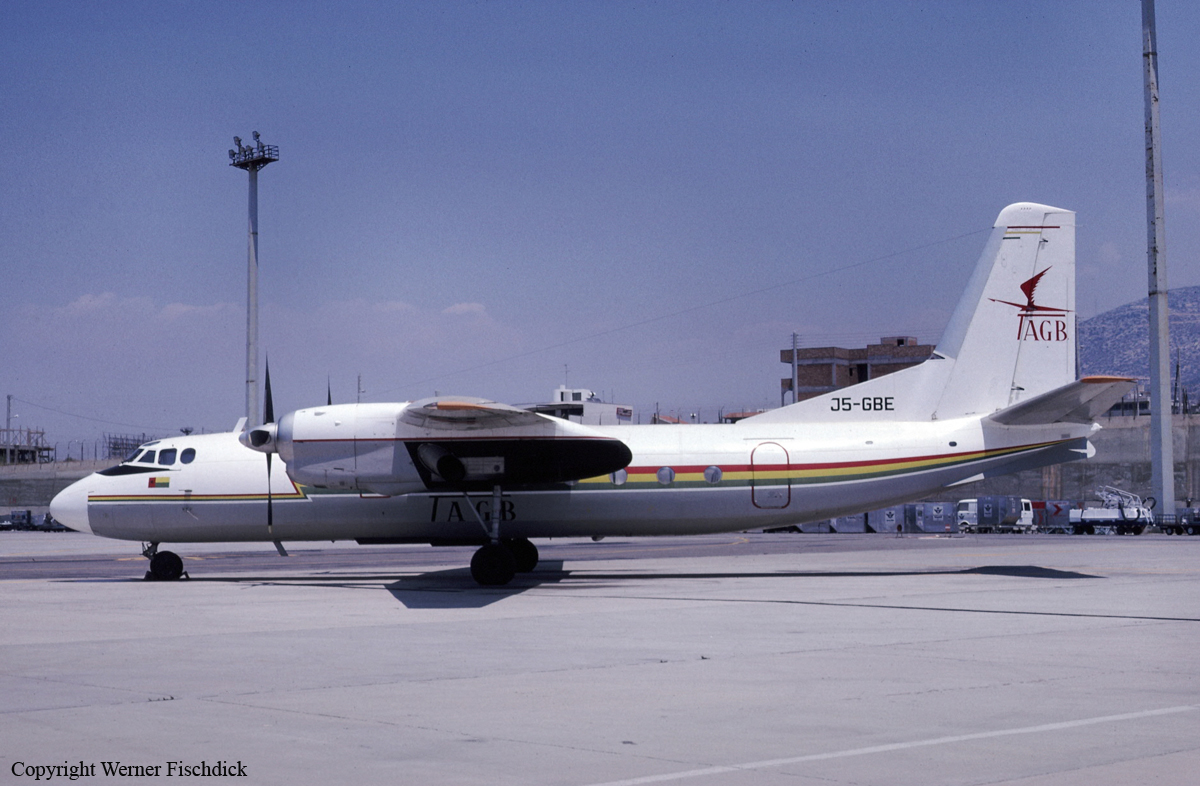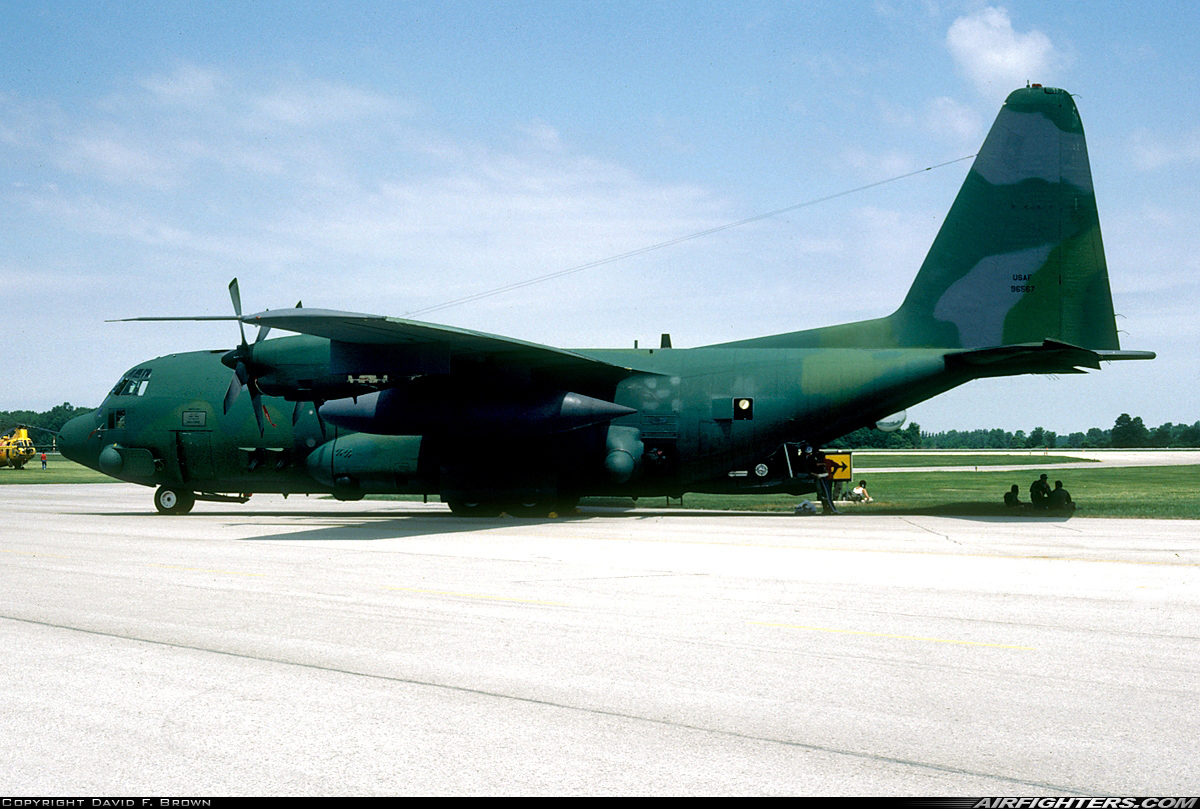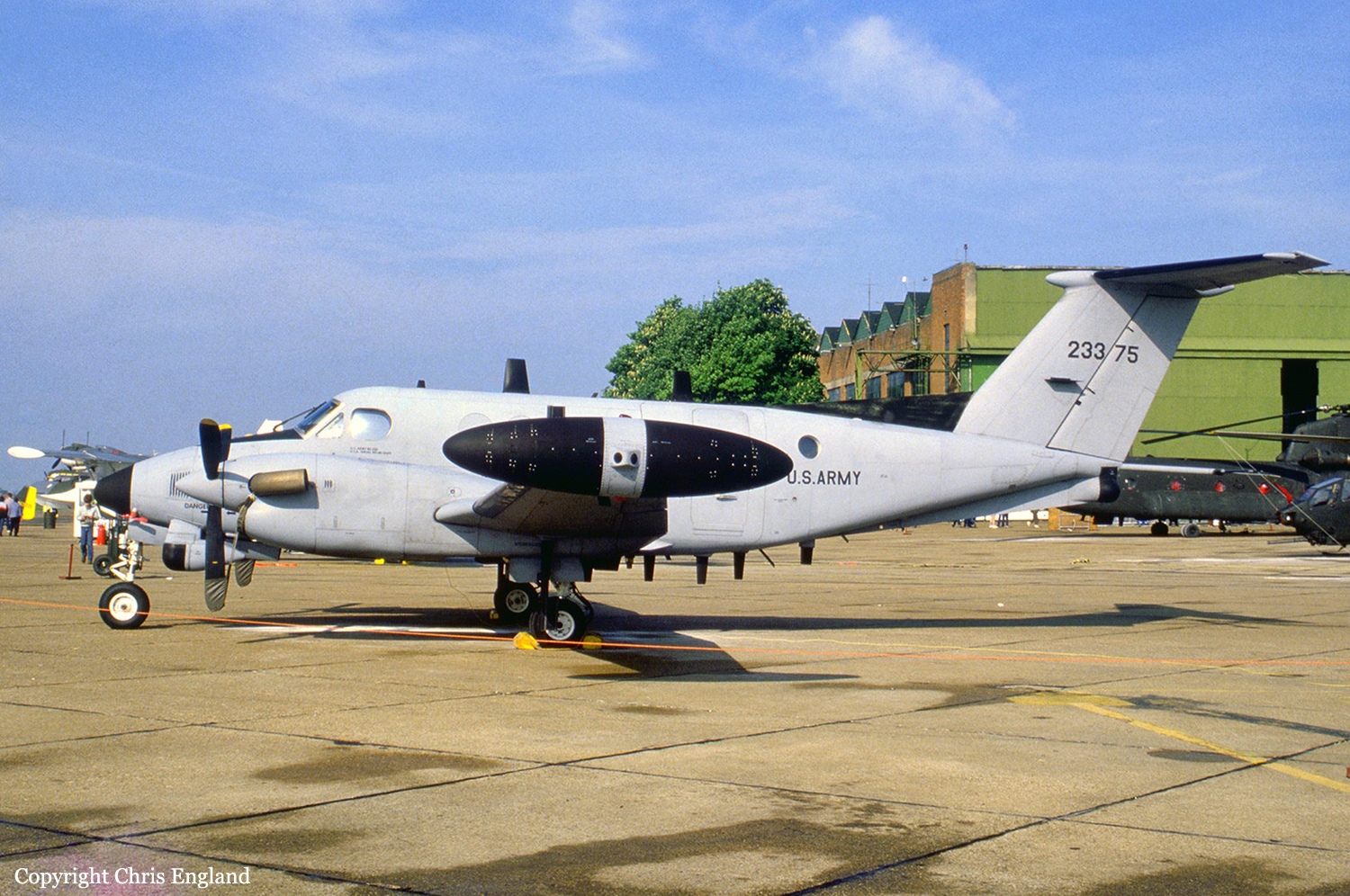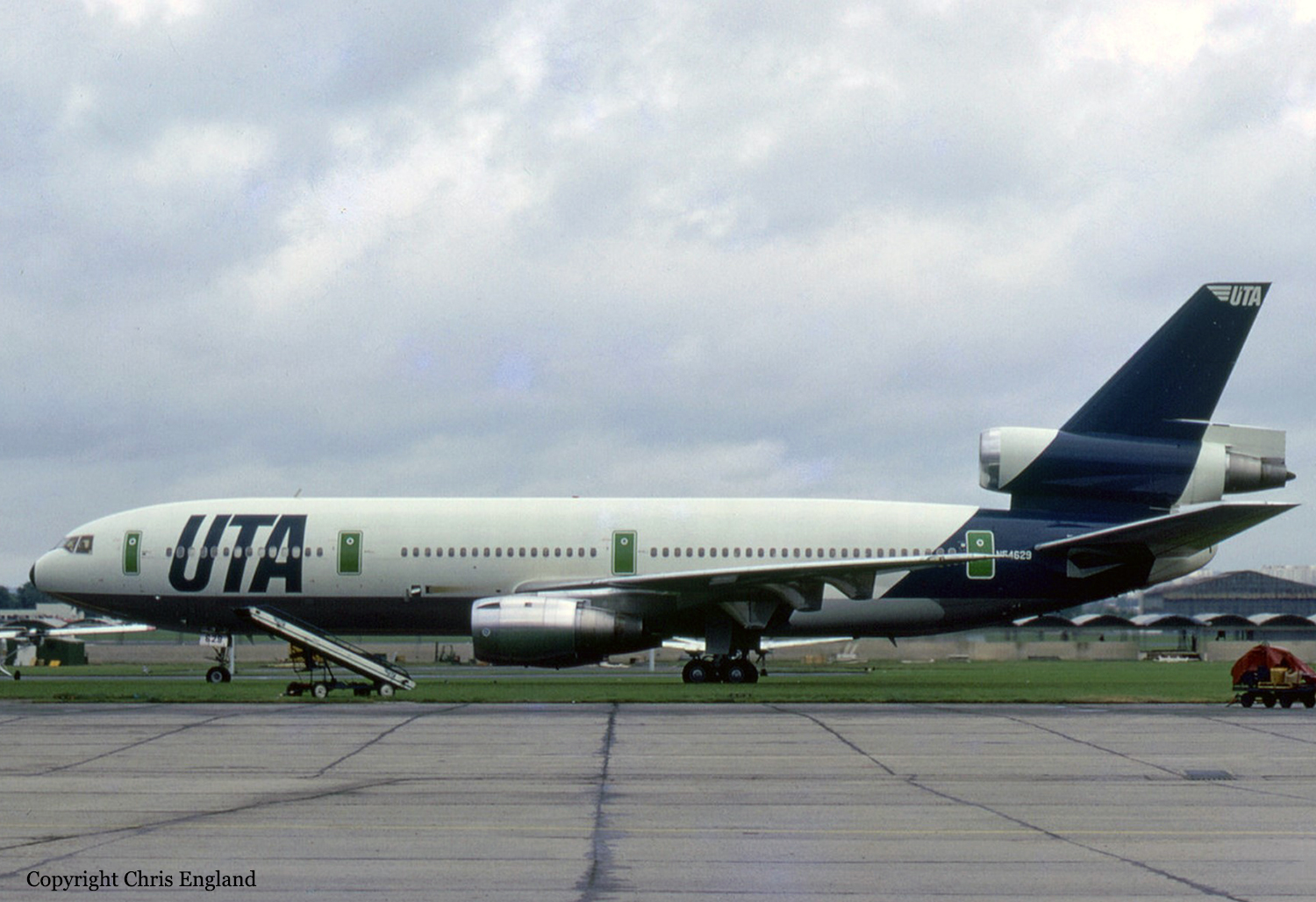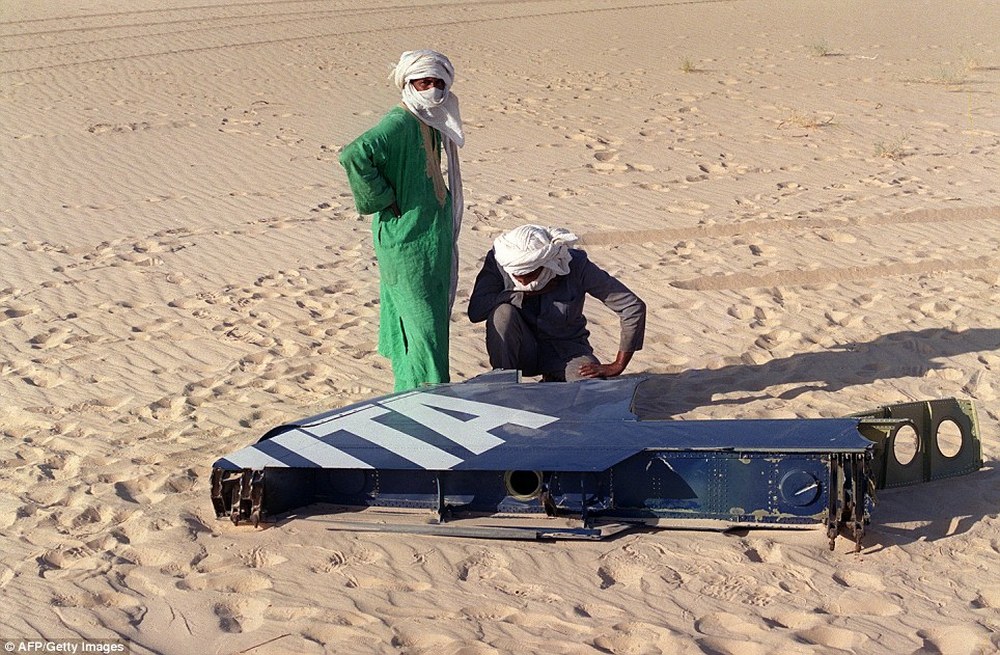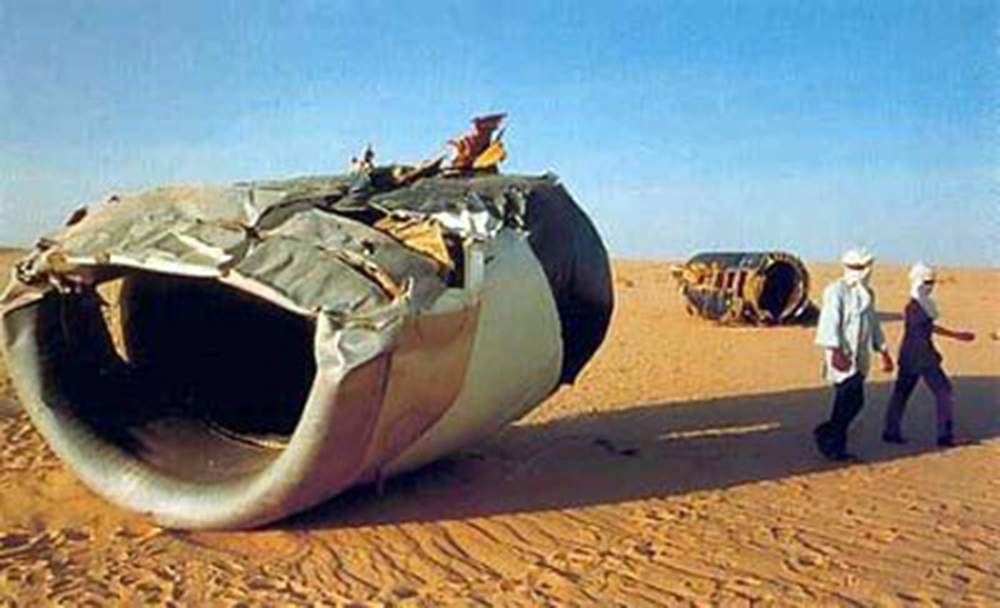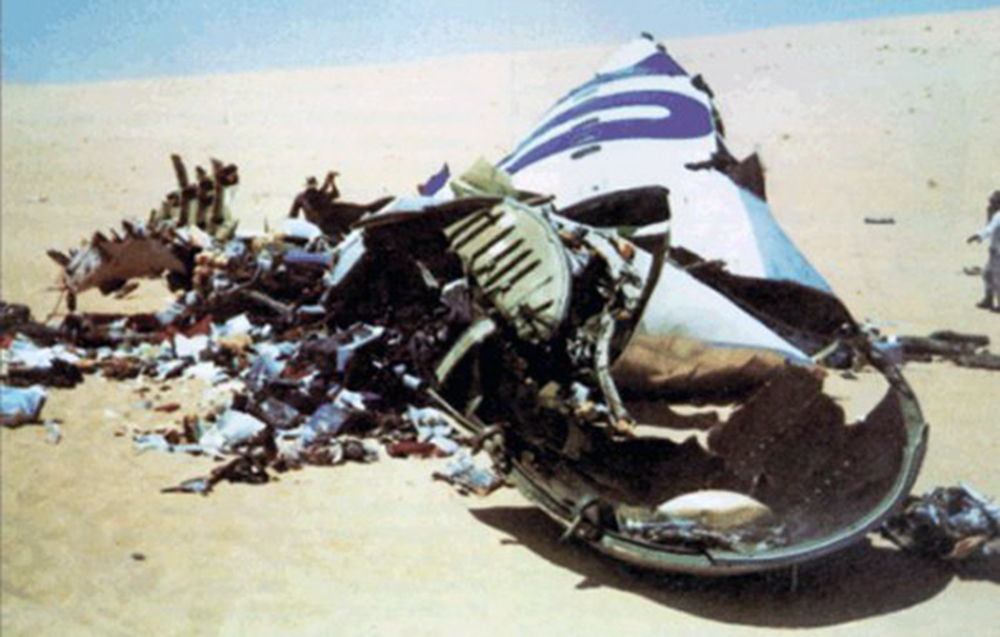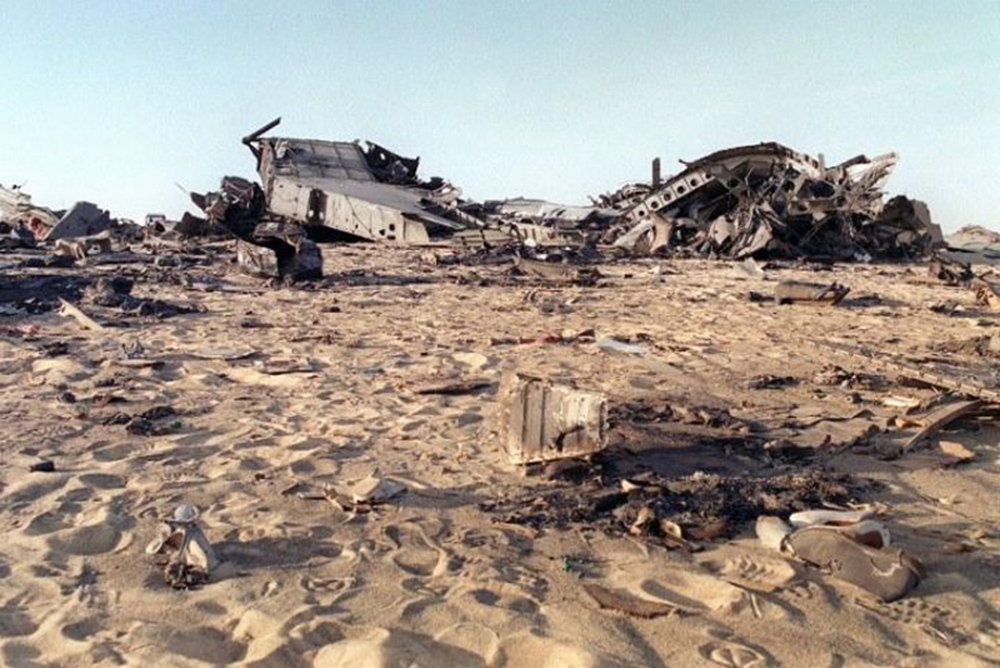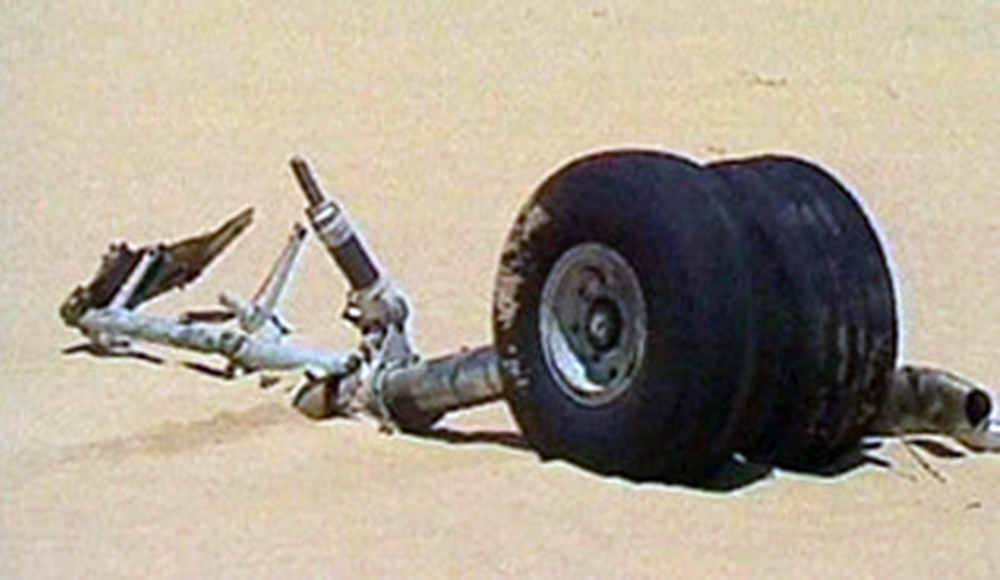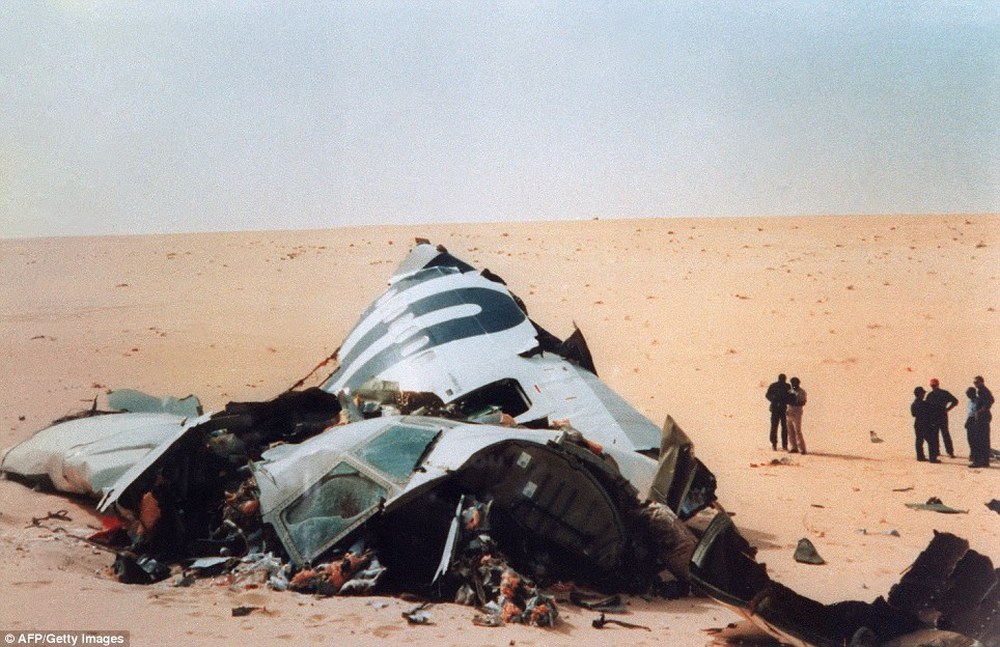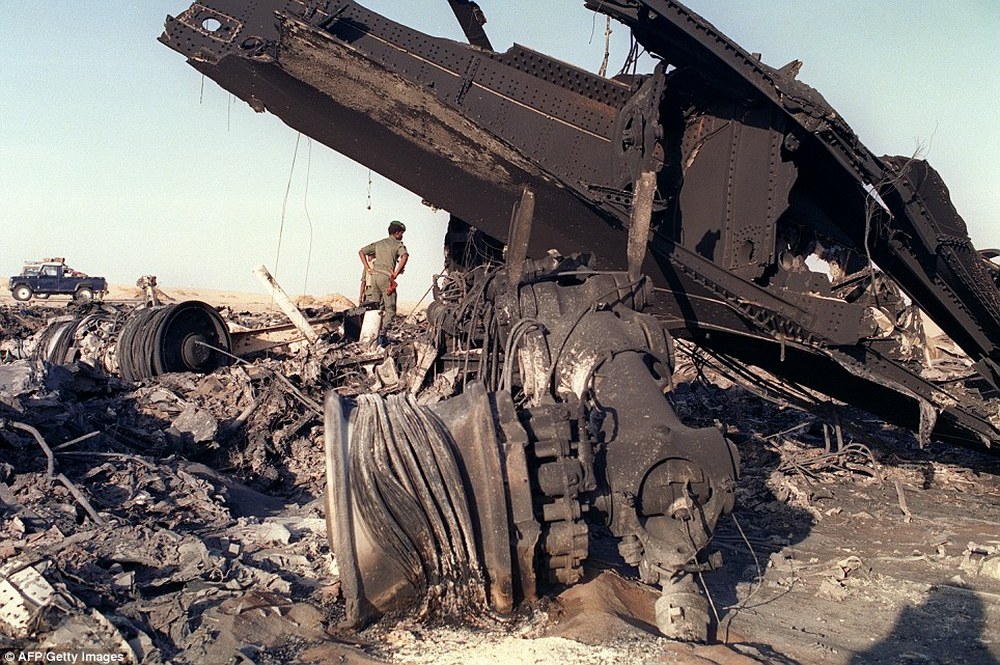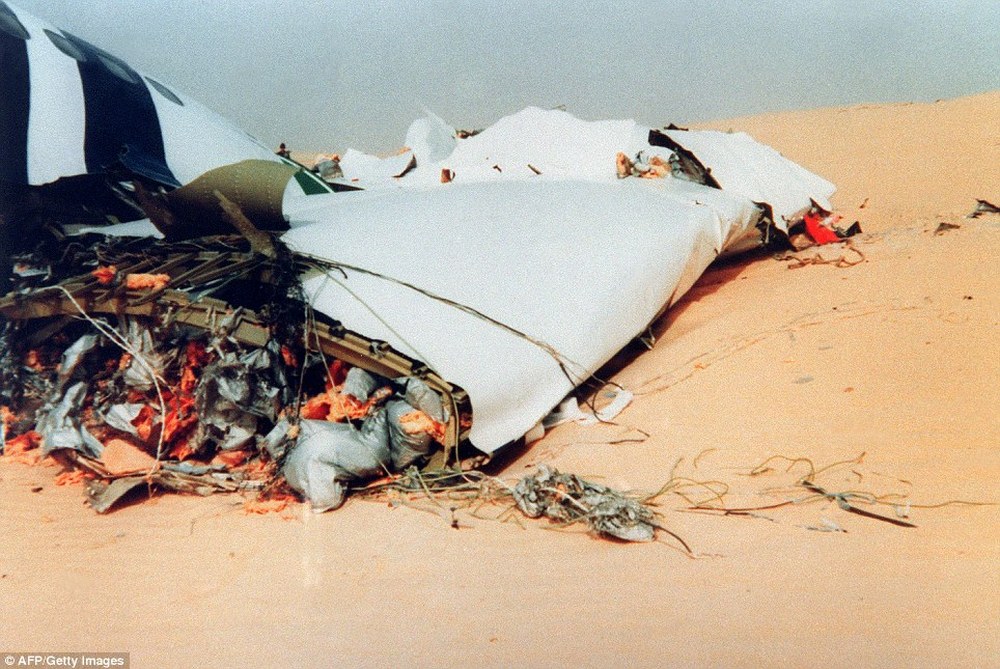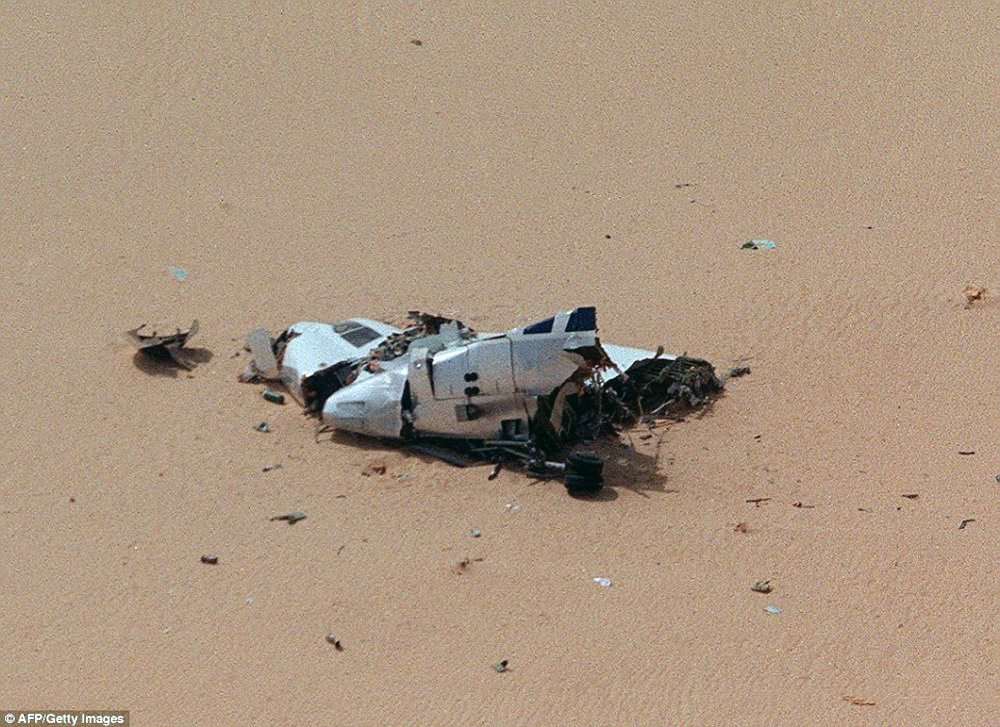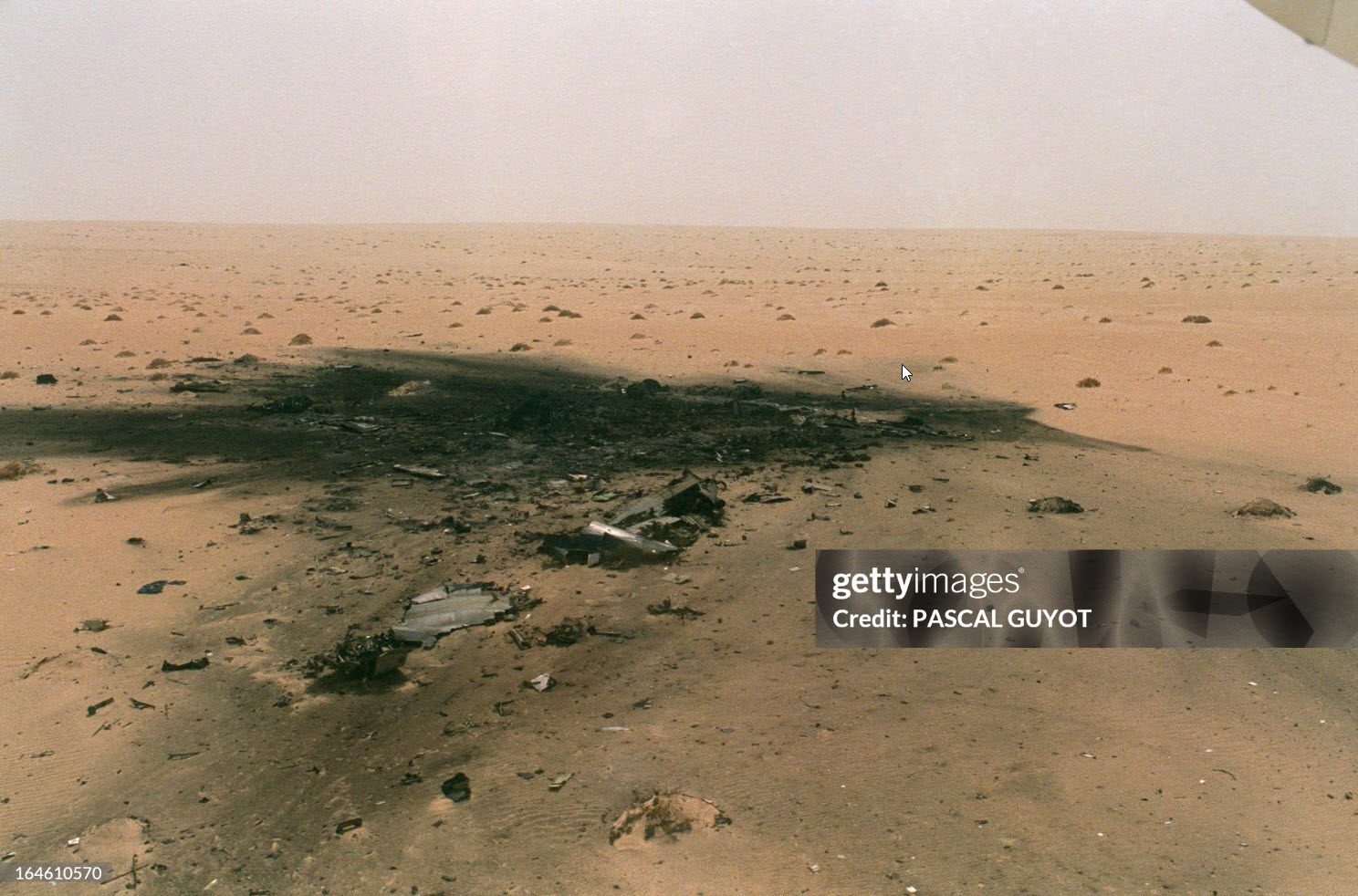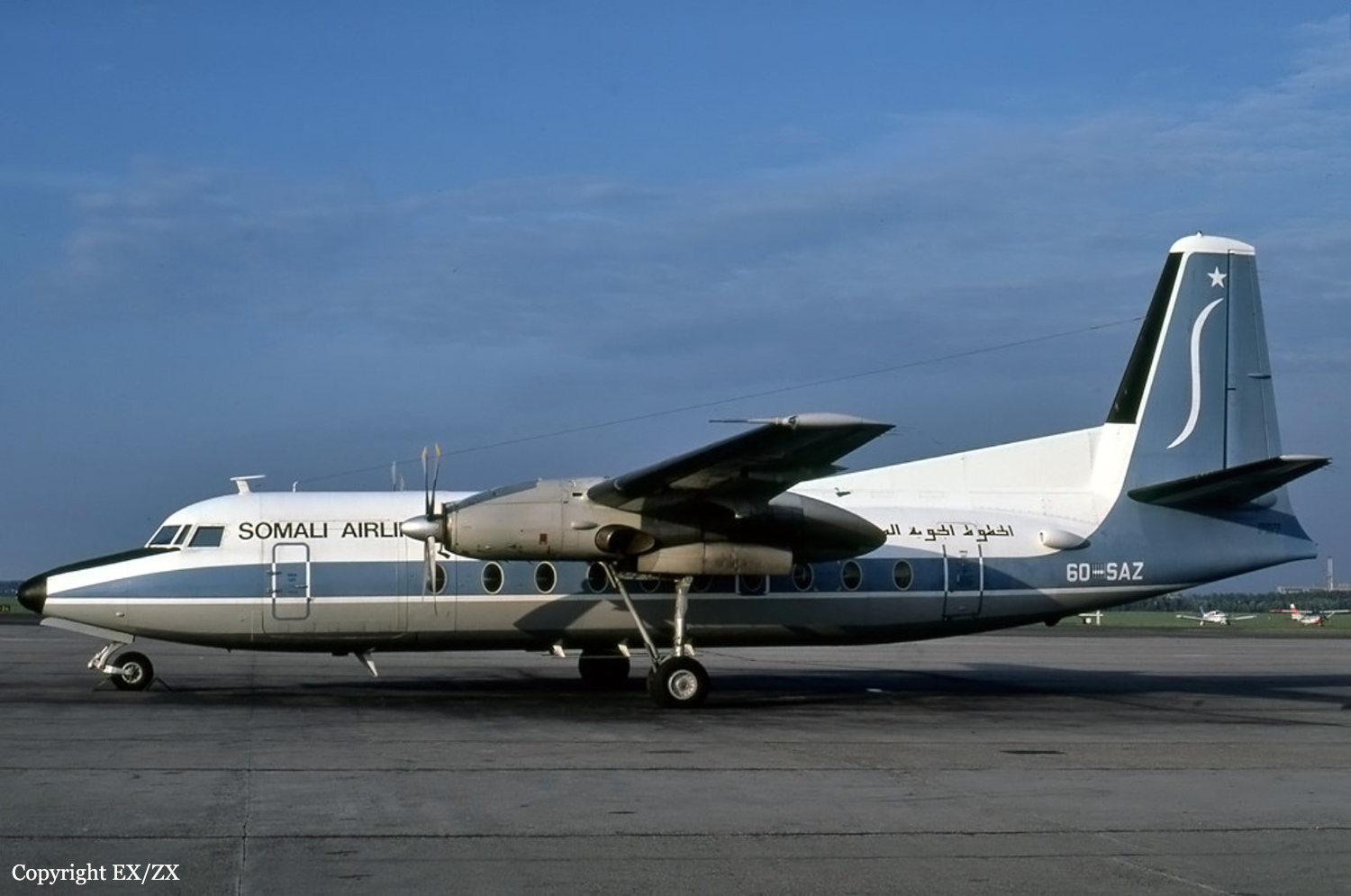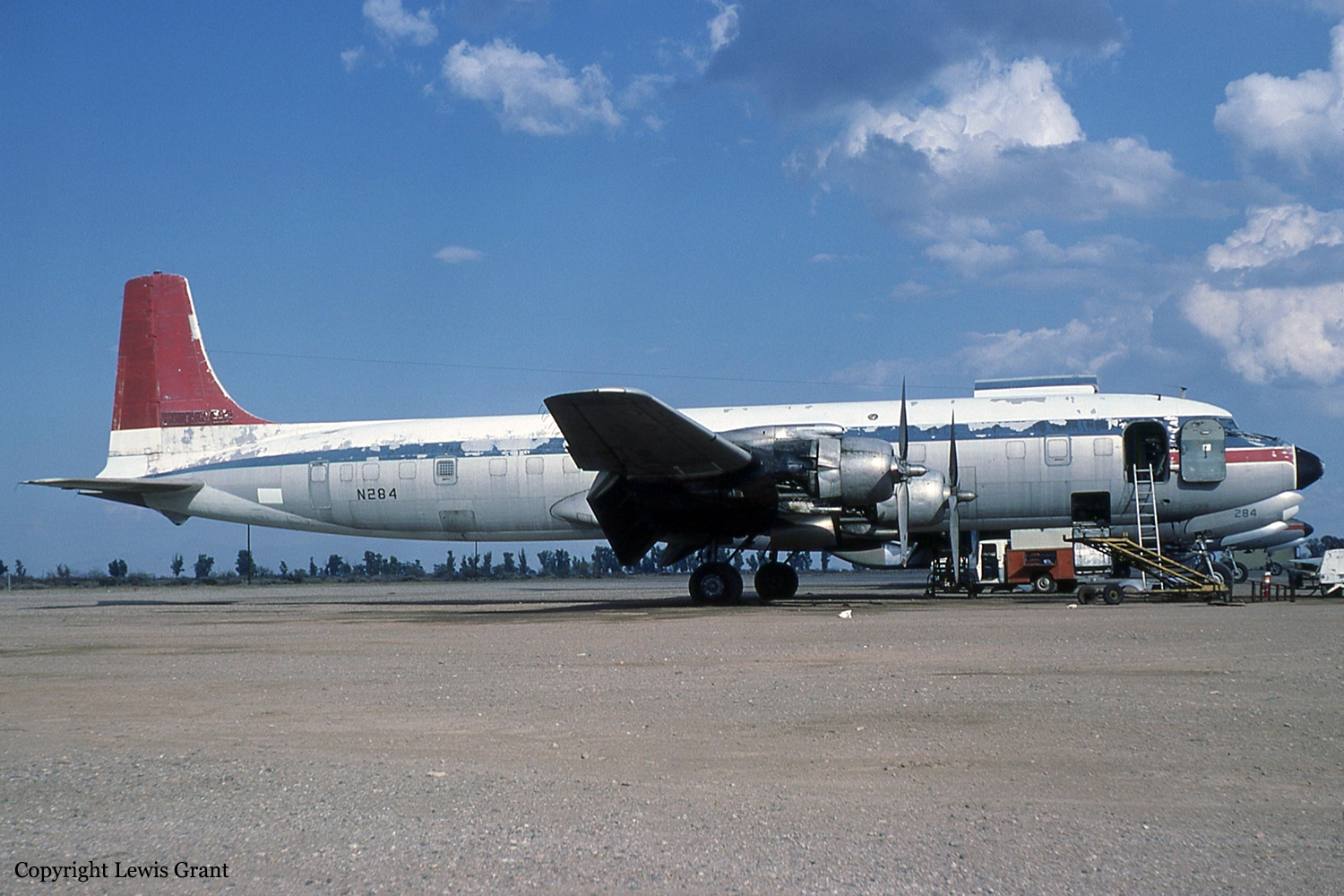Crash of an Antonov AN-24RV near Al Sarah: 3 killed
Date & Time:
Apr 7, 1992
Registration:
J5-GBE
Survivors:
Yes
Schedule:
Khartoum - Tunis
MSN:
7 73 108 10
YOM:
1977
Crew on board:
3
Crew fatalities:
Pax on board:
10
Pax fatalities:
Other fatalities:
Total fatalities:
3
Circumstances:
The aircraft was completing a special flight from Khartoum to Tunis, carrying 10 passengers, among them Yasser Arafat, head of the Palestinian Liberation Organization. En route, weather conditions worsened and the crew lost his orientation while flying in a sandstorm. Due to fuel shortage, the crew attempted an emergency landing when the aircraft crashed in a desert area located 100 km southeast of Al Sarah (Majin al Ma`sarah). Upon landing, the aircraft lost its undercarriage and both engines before coming to rest, bursting into flames. All 10 passengers were rescued while all three crew members were killed.
